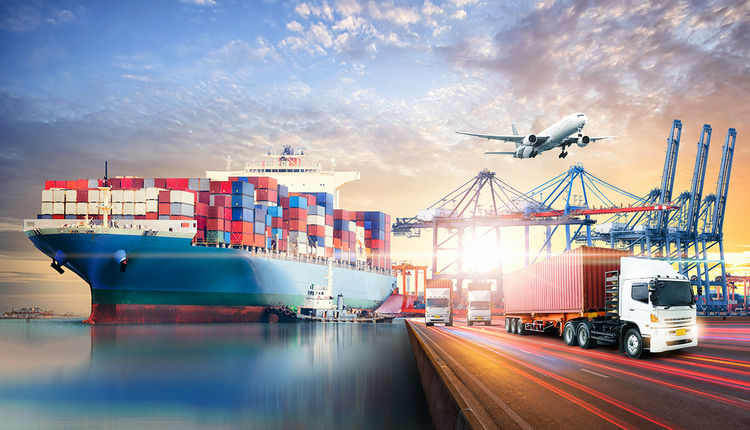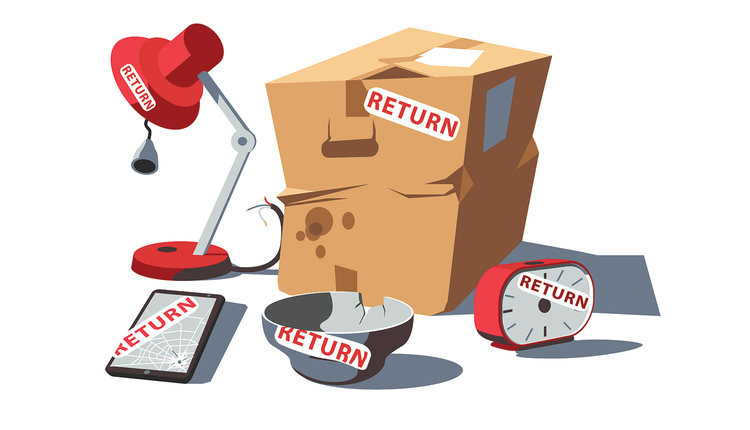Compared to just a few years ago, there’s a world of difference, literally, in how organizations operate today. Businesses and institutions are increasingly engaged in shipping beyond their nations’ borders, serving customers and prospects around the world. These organizations range from e-commerce retailers with high-volume operations, to small- and medium-sized outfits whose office shipping activities have expanded internationally, as they ship to customers globally.
The e-commerce part of the sending puzzle is already big, but it’s getting even bigger. According to Forrester Research, 2016 will see an estimated $1.86 trillion in e-commerce sales worldwide. That’s double the amount five years ago. Furthermore, researchers at eMarketer project that global e-commerce sales will almost double again in just three years, reaching $3.5 trillion in 2019.
Plus, the world is getting wider, unlocking new opportunities to businesses of all sizes. In January 2015, the US Commerce and Treasury Departments opened up trade with Cuba. US companies are now allowed to sell “tools, equipment, supplies, and instruments for use by private-sector entrepreneurs.” Prior to this agreement, American businesses were permitted to export only food, medicine, and medical supplies to Cuba on humanitarian grounds.
New rules are also letting American banks directly handle transactions from Cuban banks. Previously, American companies had to receive payment before shipping anything out to Cuba, but now Cubans can pay for products upon delivery. The United States Postal Service recently jumped in, announcing Priority and Priority Express shipping to Cuba, starting this fall.
Cuba is just one example of a previously daunting, now doable market. Businesses used to avoid shipping to many ex-Soviet states because of security issues. Today, parcel handling operations within those countries are far more reliable and secure.
REGULATIONS VARY, CHANGE CONSTANTLY
While there’s a world of difference in how business is done globally, there’s also a world of difference in how shipping is handled, country to country. You can’t just throw a label on a package and call the carrier to pick it up. Customs regulations vary wildly. These start with the acceptability of the products themselves. You can’t ship musical greeting cards into Bulgaria or chewing gum to Singapore. India won’t accept remote control helicopters and drones, and Algeria bars dental products with fluoride. South Africa, Mexico, and India all have bans on matching pairs of shoes.
Then you have items that are illegal across the board or demand special care. For example, firearms, some categories of hazardous materials and oversized packages can’t be shipped anywhere, while other items can only be shipped in certain packages with special labeling, together with appropriate permits. These include products subject to the Convention on International Trade in Endangered Species of Wild Fauna and Flora (CITES), plus other wildlife products and items that contain lithium batteries.
Shippers are often required to provide accurate product descriptions, covering ingredients, material composition, components, and declared country of origin. Products may need additional information to clear US Customs, such as test certifications, registration, and manufacturer ID numbers and value breakdowns. When this information is lacking, the shipment is delayed.
Furthermore, rules are constantly changing. For example, more than 100 countries impose a value-added tax (VAT), ranging from 10% to 25%. These vary as governments strive to get their share of the growing cross-border trade. Not abiding by the regulations can cost the shipper serious fines and may even have legal consequences.
HELP COMES DOWN FROM THE CLOUD
Navigating this complex shipping environment is difficult, but fortunately there are new, automated, cloud-based solutions making a world of difference to the international shipping challenge. Although the systems vary in their levels of capability, there is an option for every business no matter the size. For high-volume shippers, there are fully automated e-commerce solutions that determine which customs and shipping forms are needed, looking up and correctly calculating HS (Harmonized System) tariffs. HS classifications determine the forms required and costs incurred, but vary by country, and if these forms are incorrect, the item won’t be delivered. High-volume systems completely expedite shipments, so customers know the landed cost upfront.
Low- to medium-volume office shippers also need international guidance — and systems now can direct them through the process. Such solutions can automatically select the correct customs form for the value and weight of the package. They guide users through completing the customs information and provide HS tariff lookup to accurately assign the correct code for each item in the shipment. These solutions can create a single form on which payment, address, and customs details are all printed at the same time. They can even report tracking history from origin to destination, anywhere in the world.
Taking your activities global can make a world of difference to your organization’s success. And new cloud-based solutions can make a world of difference to how easily you handle the cross-border shipping that goes along with it.
CHRIS GILES is Vice President, Business Development, Global Product Management, Pitney Bowes.



















